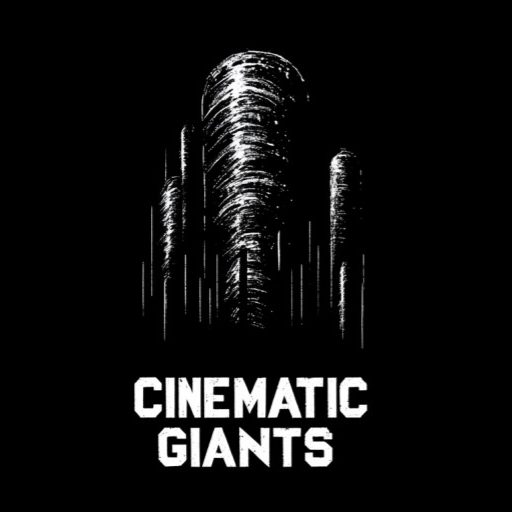John Beckmann doesn’t approach music like a songwriter. He treats it more like an excavation site. Since launching The Mortal Prophets, the New York–based artist and designer has spent the last few years digging through the psychic ruins of blues, ambient, noise, gospel, and damaged Americana, assembling tracks that feel more uncovered than written. His early albums carried the dust of vintage recordings. Still, they were always looking to destabilize tradition: pitching gospel wails into the void, pulling delta blues through glitch, or letting spoken word blur into drone. Nothing has been clean, and nothing’s been safe.
GUITARWORKS II, his latest under The Mortal Prophets name, ditches the more narrative-heavy elements of past work and instead leans into pure mood. It’s the second installment of a new instrumental thread in his catalog, and the focus here is singular: electric guitar, treated and layered to become something more atmospheric than melodic. What’s striking is how little of the record aims to sound like “guitar music” at all.
Each of the album’s sixteen tracks is named after a North American archaeological site: Chaco Canyon, Cahokia Mounds, Mesa Verde, and so on. The idea is a kind of sonic map, or a meditation on forgotten sacred spaces. That framing could’ve easily veered into concept-album territory, but Beckmann keeps the material sparse and concise. Most tracks run under four minutes. The ideas arrive, linger briefly, and move on.
The opener, “Chaco Canyon,” sets the tone: an ambient pad built from guitar layers, leaning toward post-rock but without the typical arc. It doesn’t build. It drifts. “Cahokia Mounds” follows with a slow, looping guitar line and light-touch drums that fade in and out like they’re testing the space. It’s warmer, maybe even hopeful, but still keeps its distance.
There are stretches in the middle of the album where the pieces blur: ambient textures, clean guitar tones, subtle shifts. “Serpent Mound,” “Moundville,” and “Hopewell Culture” live in this zone, doing less with more. “Mystery Hill” strips out the synths entirely, staying guitar-focused. On “Chimney Rock,” the atmosphere turns uneasy. There’s no melody driving the track: just layers of treated guitar that build tension slowly and never resolve.
The back half brings in more variety. “Hovenweep” and “Wupatki” are the most ominous moments, with guitar stabs and filtered effects pulling the sound closer to something you’d hear in Silent Hill or The Last of Us: distant, fractured, a little dangerous. “Makauwahi Cave” is fragile and loop-based, while “Casa Malpais” introduces watery background textures that almost feel field-recorded. The closer, “Angel Mounds,” is the most curious. It plays like a broken spaghetti-western cue, complete with crooked trumpet and out-of-joint tones that lean slightly jazz, slightly disoriented.
Throughout the record, Beckmann keeps the production tactile. Nothing is too smooth. You can hear space, mic bleed, and delay tails. The analog warmth is part of the point: not as a vintage aesthetic, but as a way to keep the recordings grounded in physical space. There’s no digital shine here.
What’s refreshing about GUITARWORKS II is its refusal to draw attention to itself. There are no “moments,” no climaxes, no big payoffs. The tracks feel like small objects. You pick one up, examine it, and put it down. Some are sharper than others. Some dissolve quickly. But none of them try to explain themselves.
In that way, Beckmann’s work feels aligned with the landscapes he’s referencing: layered, silent, mostly forgotten. And worth listening to, if you have the patience to sit with quiet things.
Discover more from Cinematic Giants
Subscribe to get the latest posts sent to your email.





